
Are electric cars unsafe?
Snapshot
- EV battery fires are less likely to occur than ICE vehicles
- However, when alight, thermal runaway is intense and challenging
- LFP batteries have lower fire risk than typical lithium-ion
Media reports and videos of seemingly spontaneous electric vehicle fires regularly blow a cloud over battery safety.
Whether it’s a burned down home, car park or shipping vessel, the safety of EVs continue to be questioned – with often erroneous assumptions drawn at first glance.
In addition to perceived concerns around the purchase price, driving range and charging availability, this adds another layer to the fear and hesitancy of making the electric switch.
Yes, EV batteries can cause catastrophic fires when alight.
But, how likely (or unlikely) do EVs catch on fire compared to traditional internal combustion engines (ICE)? Let’s look at the evidence…
JUMP AHEAD
- ? How likely do EVs catch on fire?
- ? What is thermal runaway?
- ? Can EV battery fires be extinguished?
- ⚠️ Are ICE vehicles safer?
- ? How to prevent a potential EV fire
- ⚡️ EVs are becoming safer
- ? Time to make the electric switch?
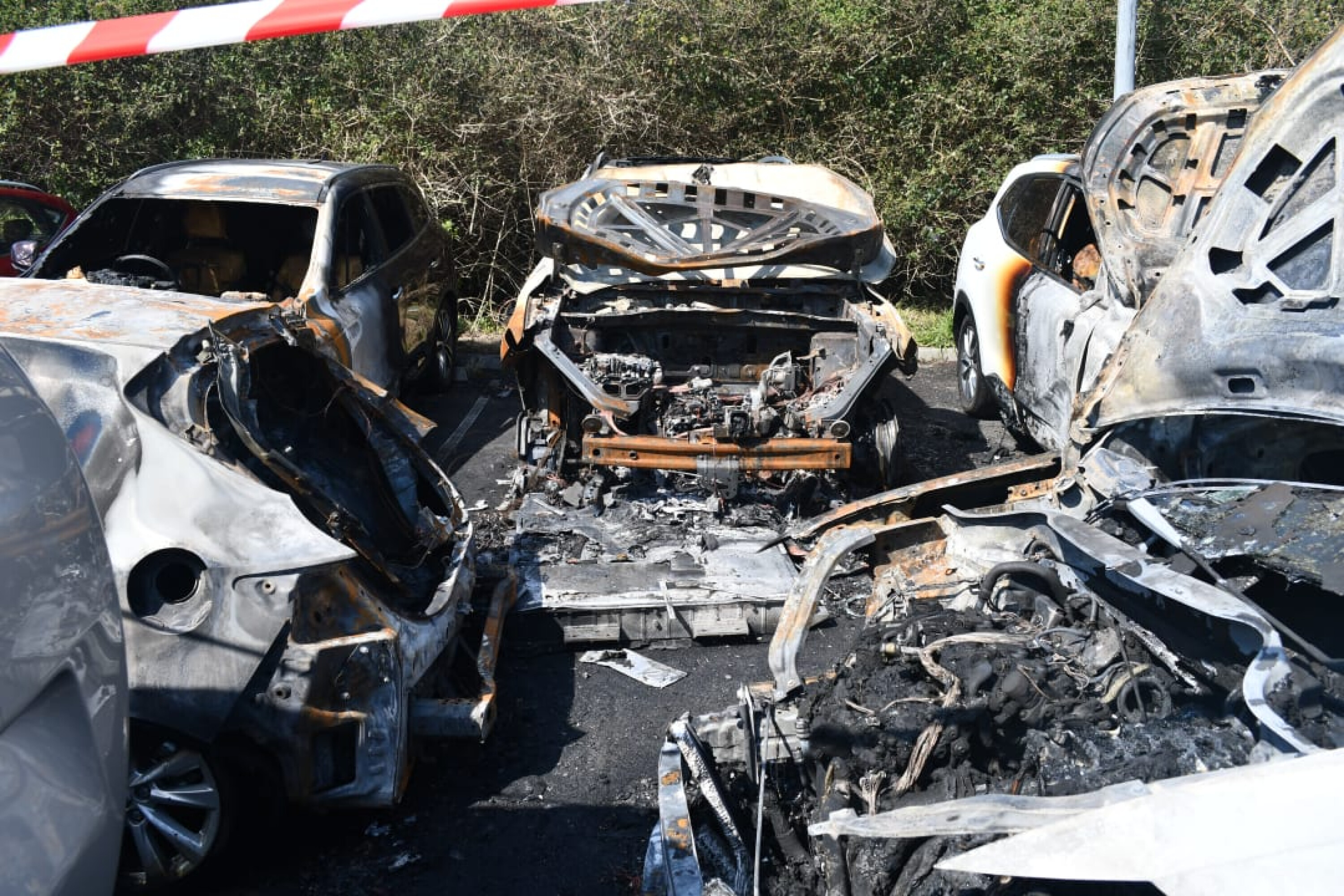
? How likely do EVs catch on fire?
According to research firm EV FireSafe [↗], six lithium-ion battery EV fires have been reported in Australia – out of more than 100,000 in circulation.
The Australian Government Department of Defence-backed company revealed all cases were attributed to damage to the battery as the causal factor:
- External fire (from surrounding structure) – 3
- Collision – 1
- Arson – 1
- Road debris – 1
There’s also the possibility of an internal short circuit due to improper battery sealing or poorly calibrated battery management system (BMS), as demonstrated by some car brands issuing voluntary recalls.
Unlike light and portable batteries (eg: smartphones, e-scooters and e-bikes), EVs have much bigger batteries and more advanced battery management systems (BMS) to ensure safe operation.
There are a range of active and passive thermal management provisions – including liquid cooling – and battery buffers in place to prevent ‘overcharging’, hence net (usable) and gross (nominal) battery numbers.
For any vehicle to be sold globally, battery suppliers and car manufacturers rigorously test their products internally and, locally, they must comply with strict Australian Design Rule (ADR) regulations to ensure that a car is safe for occupants and other road users.
Therefore, EVs are no different. It is safe to drive around with a large high-voltage battery under the vehicle floor.
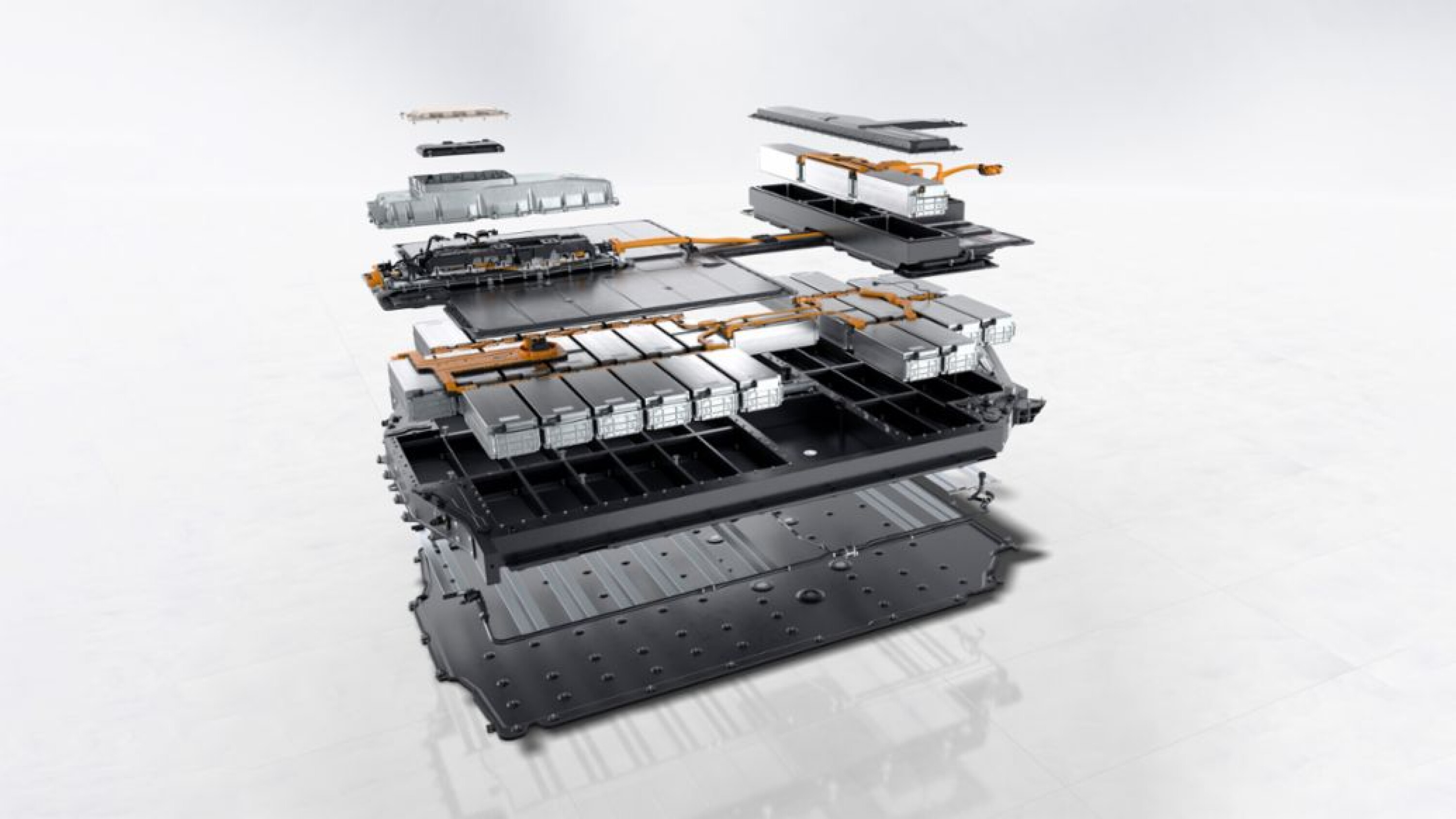
? What is thermal runaway?
While the risk of an EV battery fire is low, if liquid electrolytes do catch alight, the consequence is an intense, difficult-to-extinguish chain heating reaction called thermal runaway.
According to a joint peer-reviewed study by the Dalian Jiaotong University and Tsinghua University [↗], thermal runaway is triggered on the most common lithium-ion battery type with a nickel-manganese-cobalt (NMC) cathode when it reaches around 130- to 140-degrees Celsius.
Meanwhile, the less environmentally contentious, longer-lasting and cheaper-to-produce lithium-iron-phosphate (LFP) battery type triggered thermal runaway at around 180°C.
The Australasian New Car Assessment Program (ANCAP) and counterpart the European New Car Assessment Programme (Euro NCAP) also assess the EV battery after each crash test.
The safety authorities check if the safety cut-out feature is automatically triggered (as intended), for any fluid leaks, abnormal heat or fire, and physical battery damage.
It has reported no battery fires from any crash test – with 50-plus full electric models assessed since 2011 – demonstrating the durability of battery casings. This has been reinforced by Mercedes-Benz crashing two EVs head-to-head.
Furthermore, Chinese automaker Build Your Dreams (BYD) boasts its in-house developed ‘Blade Battery’ LFP cells having stronger safety credentials than other LFP batteries.
It claims to survive rigorous internal tests – including nail penetration, crushing, bending, extreme high temperature and overcharging tests – without causing any smoke, fire, explosion or thermal runaway reaction.
Manufacturers are also dividing the battery into smaller cells with separating fire-walls. If one cell catches fire, it at least delays it from spreading to neighbouring parts of the battery.
“[EVs are] very safe technology”
? Case in point
In September 2023, an MG ZS EV’s lithium-ion battery caught fire at a Sydney Airport holding yard. It destroyed four adjacent vehicles under the airport’s control tower.
However, as New South Wales Fire and Rescue Superintendent Adam Dewberry told the Today Show [YouTube ↗], this was a perplexing case where the battery pack was damaged and detached from the vehicle sitting on the ground.
“The vehicle was broken down and someone… removed the battery from some time ago, and that battery had suffered from damage,” Dewberry said.
“It was then left next to [underneath] the vehicle, which had caught fire. The battery had been ruptured or was open during impact somewhere, and water was able to get in.
“Electric, petrol, diesel – they ignite. Once they’re ignited, they burn hot and can spread rapidly.”
Despite the media headlines, Superintendent Dewberry said they are “very safe technology” and “very rarely do we have anything with electric vehicles”.

? Can EV battery fires be extinguished?
If thermal runaway does occur, it can take days to completely extinguish. Even if it appears to have been doused, it can still re-ignite afterwards.
Batteries are positioned deep under the vehicle floor and as low as possible. Emerging new ‘structural batteries’ even embed cells within the chassis and are essentially inaccessible.
Emergency fire services have recognised this challenge, and are adapting to the unique challenge with best-response techniques and even special equipment.
This includes; a water drill to directly go into the pack and eliminate the thermal runaway risk, a high-pressure water mist tray that slots underneath the vehicle, and a water container bath [Bjørn Nyland YouTube ↗].
? Case in point
➡️ In March 2019, the Dutch fire department’s specially-built truck was dispatched to put out a BMW i8 plug-in hybrid electric vehicle (PHEV) fire.
Instead of dousing the smoking car in water and foam, it was lowered into a container of water for 24 hours.
➡️ Similarly, in July 2023, the Fremantle Highway car carrier was engulfed in fire that spread from the top of the 11-deck ship. One crew member died.
While the cause is still unknown, there were 3783 cars onboard – including 498 EVs – according to the BBC [↗].
One month after the incident, authorities started removing the vehicles. While some were seemingly undamaged, a burned Mercedes-Benz EQS was seen lifted directly into a water container as its lithium-ion battery started to re-ignite [Eemskrant YouTube ↗].
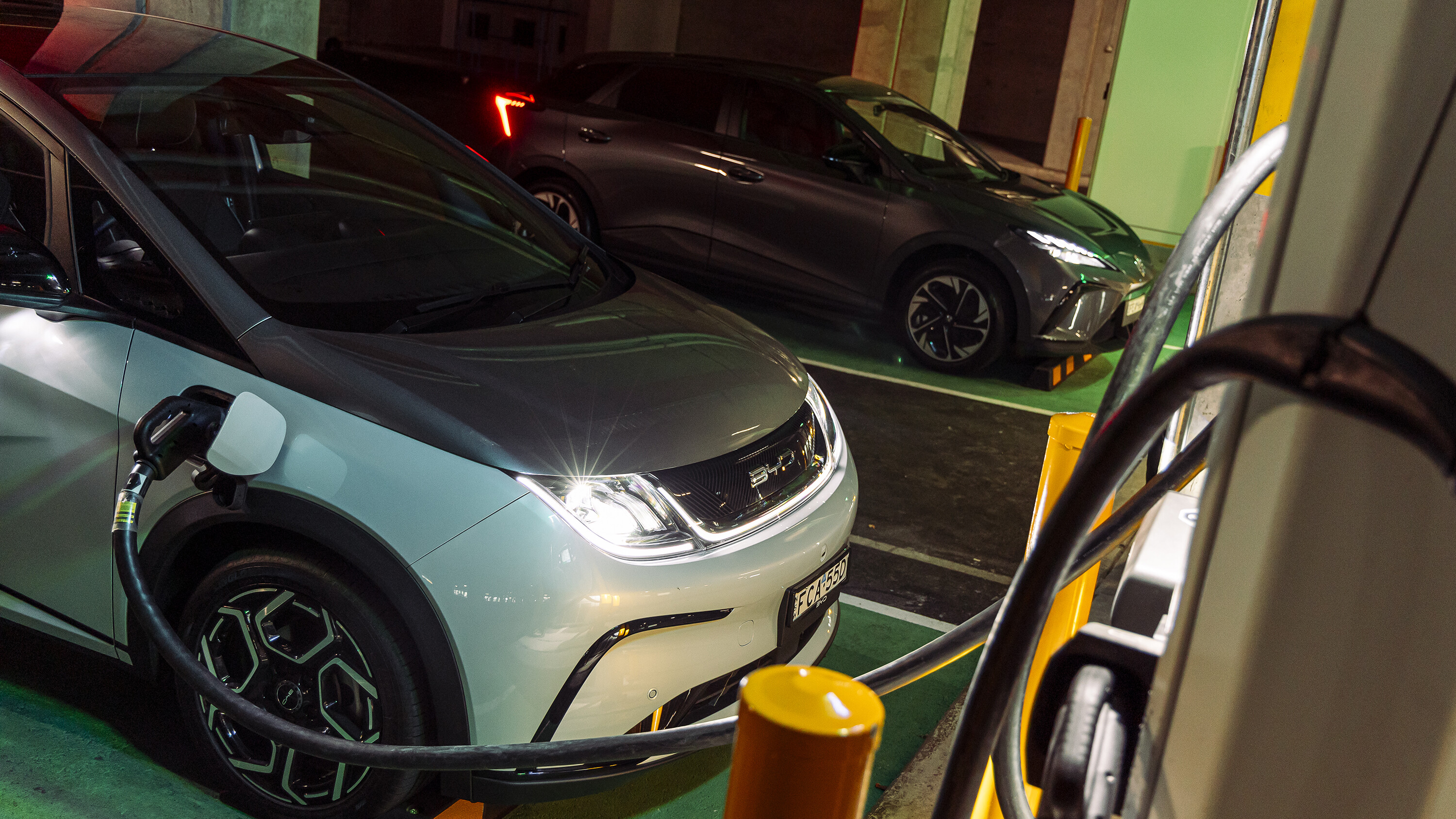
To ensure the safety of emergency respondents, the BMS instantly disconnects the high-voltage battery when the airbags are deployed in a collision – similar to a petrol or diesel fuel pump automatically shutting off.
In Australia, most states require hybrid, PHEV, full electric, and hydrogen vehicles to wear a sticker on the licence plate that indicates to emergency responders to be cautious around high-voltage components.
Not displaying the powertrain label risks incurring a fine for owners. But, these tiny triangular stickers may not be visible in a crash situation, so:
- Education needs to improve for first responders to identify an EV and know how to manually isolate the battery (via pulling a cut loop or pull fuse), rather than only relying on the automatic cut-off from triggering, according to EV FireSafe [↗]
- ANCAP provides manufacturer-supplied documentation to understand each EV model’s structure and potential hazards in order to safely free an occupant
- Hyundai Australia labels its EVs with multiple QR code stickers to help guide rescuers
Some fire services overseas are using personal protective equipment (PPF) as a precaution.

⚠️ Are ICE vehicles safer?
There is always a safety risk with any car. Traditional combustion engine vehicles are powered by a tank of highly combustible and constantly igniting fuel.
Driving with a high-voltage EV battery isn’t too dissimilar.
Countless petrol and diesel cars have also been recalled for fire risks concerning a range of defects – including the 12-volt electronics battery, mild-hybrid and traditional hybrid batteries, anti-lock braking system (ABS), diesel particulate filter (DPF), and fuel leakages.
For conventional combustion engines, liquid fuel can leak and flow away from the vehicle, spreading the engulfed area. Petrol and diesel also require special foam and chemicals to adequately combat when on fire.
Of course, if a fire does occur, it is far less intense and easier to completely extinguish than an EV battery’s thermal runaway.
? Case in point
In October 2023, the popular four-storey London Luton Airport car park engulfed in fire and destroyed more than 1400 vehicles [BBC ↗].
While investigations are still ongoing as at the time of publication, early findings reveal it originated from a diesel-engined Range Rover – instead of initial unsubstantiated claims that it was from an electric car.
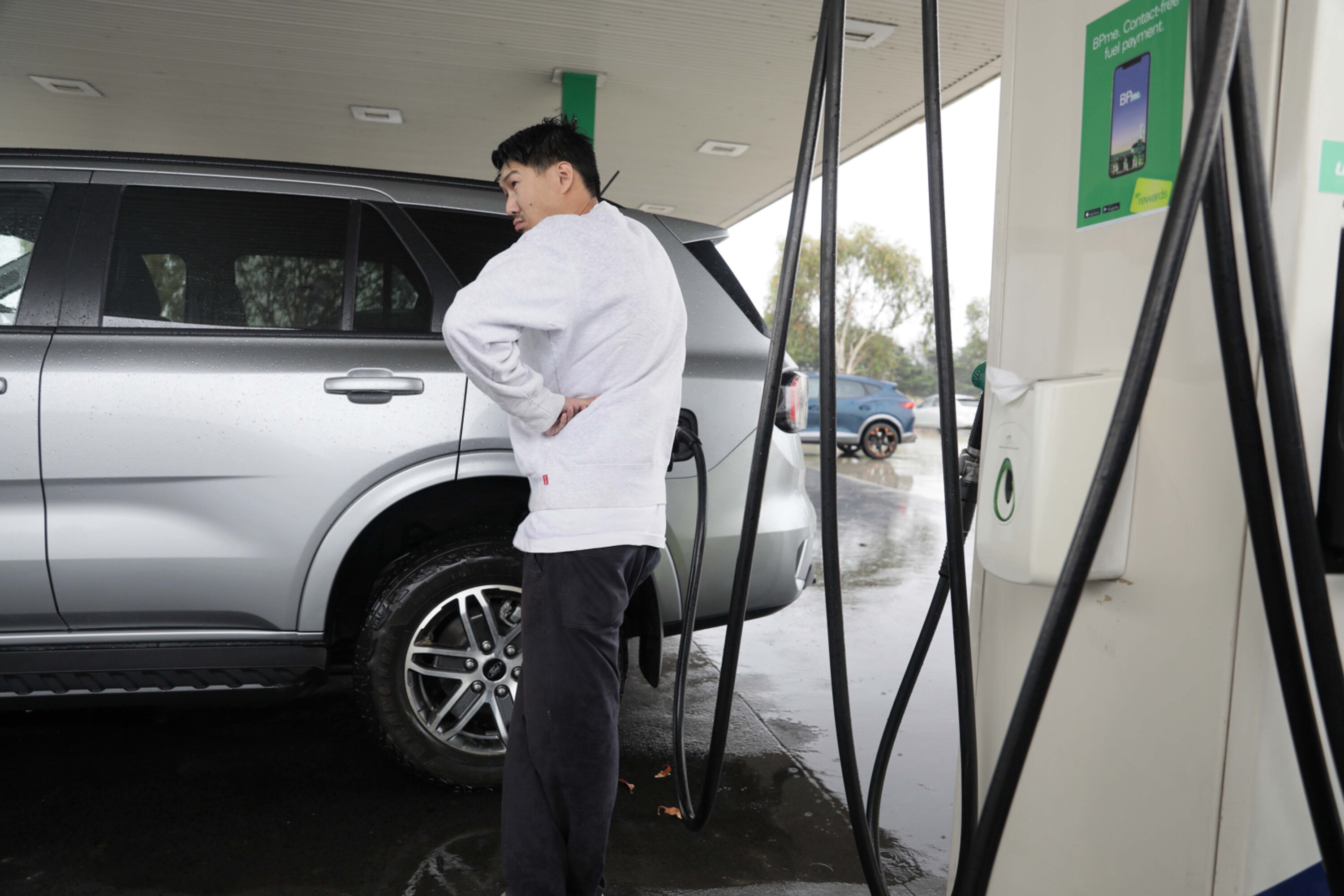
Ultimately, EVs are less likely to start a fire than combustion engines, but when they do, they are much harder to extinguish.
According to an analysis by Auto Insurance EZ [↗] – which used official data from the United States National Transportation Safety Board and Bureau of Transportation Statistics – there were significantly fewer reported fires for full EVs than ICE and hybrid vehicles.
The car insurer found EVs were about 61 times less likely to be involved in a fire than ICE cars or around 138 times less likely than hybrids, according to the American data to the end of November 2023.
This aligns with reported reliability issues, with PHEVs in particular experiencing more problems due to the inclusion of both ICE and EV drivetrains.
Are LPG vehicles safe?
New liquid petroleum gas (LPG) vehicles are no longer sold in Australia, but have been mooted as being more sustainable and cheaper to run than EVs.
According to SafeWork New South Wales [↗], LPG vapour is highly flammable. Exposing two to 10 per cent of it mixed with 98 per cent of air will cause it to ignite and explode. LPG vehicles also need a licence plate sticker in most states in Australia for first responders.
Two cylinder explosion cases forced the Brisbane City Council to phase out natural gas powered public buses by 2027, after it mandated half-filled tanks only since 2012 [ABC ↗].
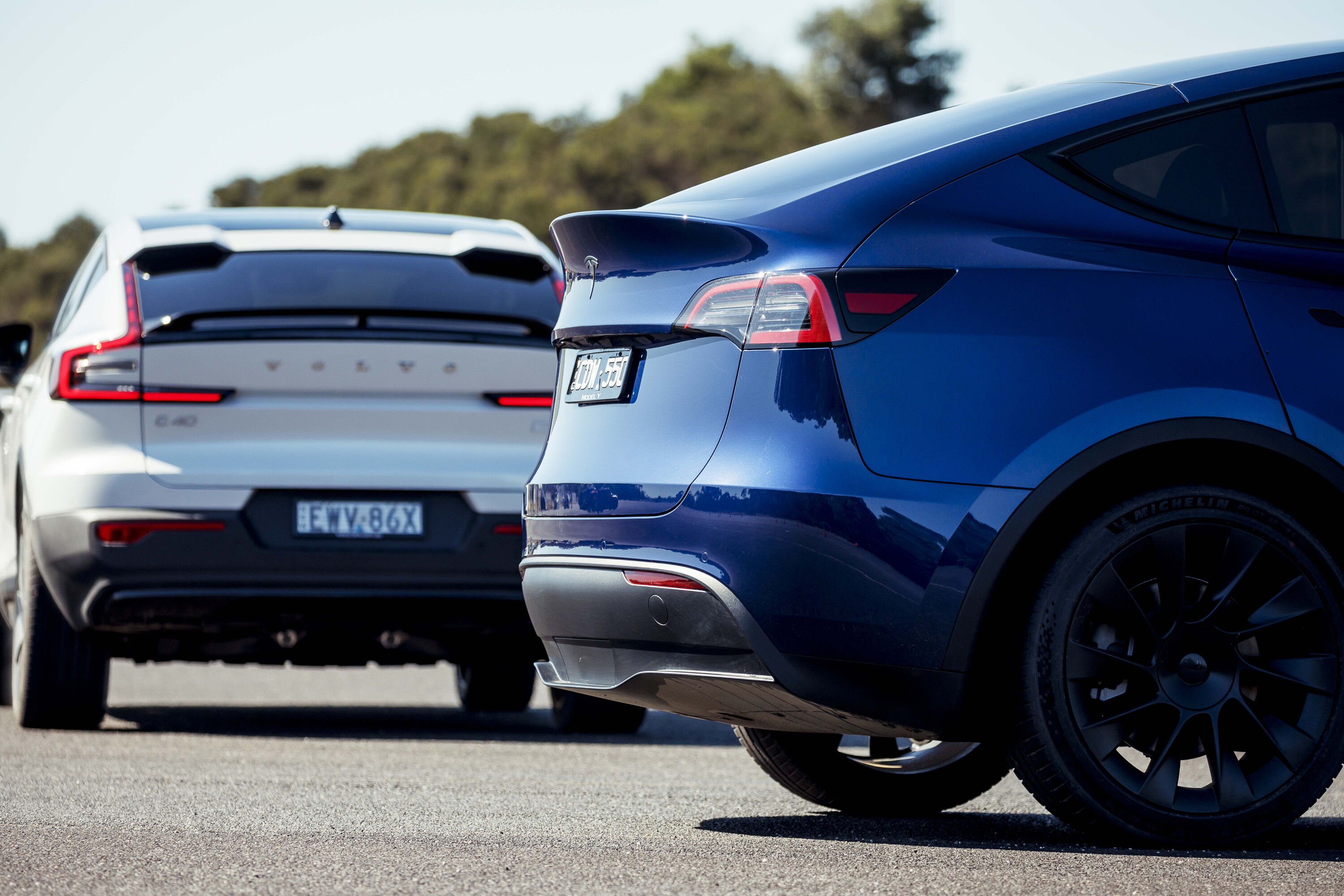
? How to prevent a potential EV fire
There’s no guaranteed solution to stop an EV battery fire from occurring, but there are ways to reduce the risk.
As demonstrated by the MG ZS EV lithium-ion battery fire at Sydney Airport in September 2023, EV batteries must not be damaged, detached and left precariously exposed.
☣️ How to reduce the fire risks
- Follow manufacturer-recommended everyday charging limits
- Abide by manufacturer-suggested servicing requirements – EVs still need routine maintenance
- Never tamper or remove an EV battery, without a trained technician and proper handling methods
- Comply with manufacturer-issued EV recalls as soon as possible
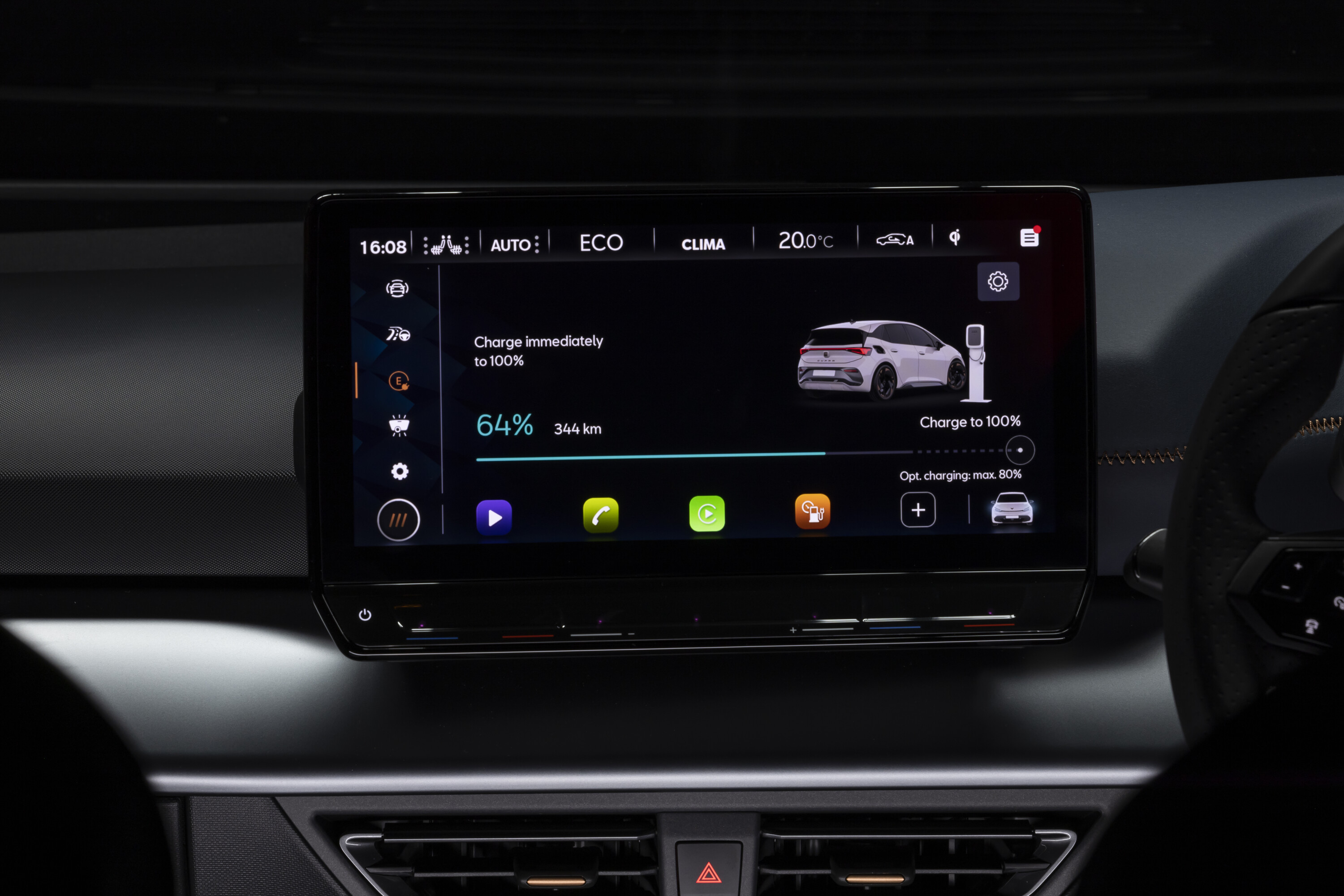
? Case in point
Recalls for EV battery fire risk concerns are uncommon, but they can happen just like an ICE car. Manufacturers have also issued recalls due to battery manufacturing defects or poorly calibrated software:
- 2018-2020 Hyundai Kona EV recalled again
- 2018-23 Jaguar I-Pace recalled
- 2022-23 Porsche Taycan recalled
- BMW i4 and iX recalled
- 2021-22 MG HS Plus EV plug-in hybrid recalled
- 2022-23 Alfa Romeo Tonale mild-hybrid recalled
Additionally, the Australian Building Codes Board [PDF ↗] has recommended a range of safety measures for installing EV charging equipment.
It is in response to the 2022 National Construction Code (NCC), which requires all newly-constructed buildings – including apartments – from October 2023 to have electrical distribution boards ready for installing EV charging units.
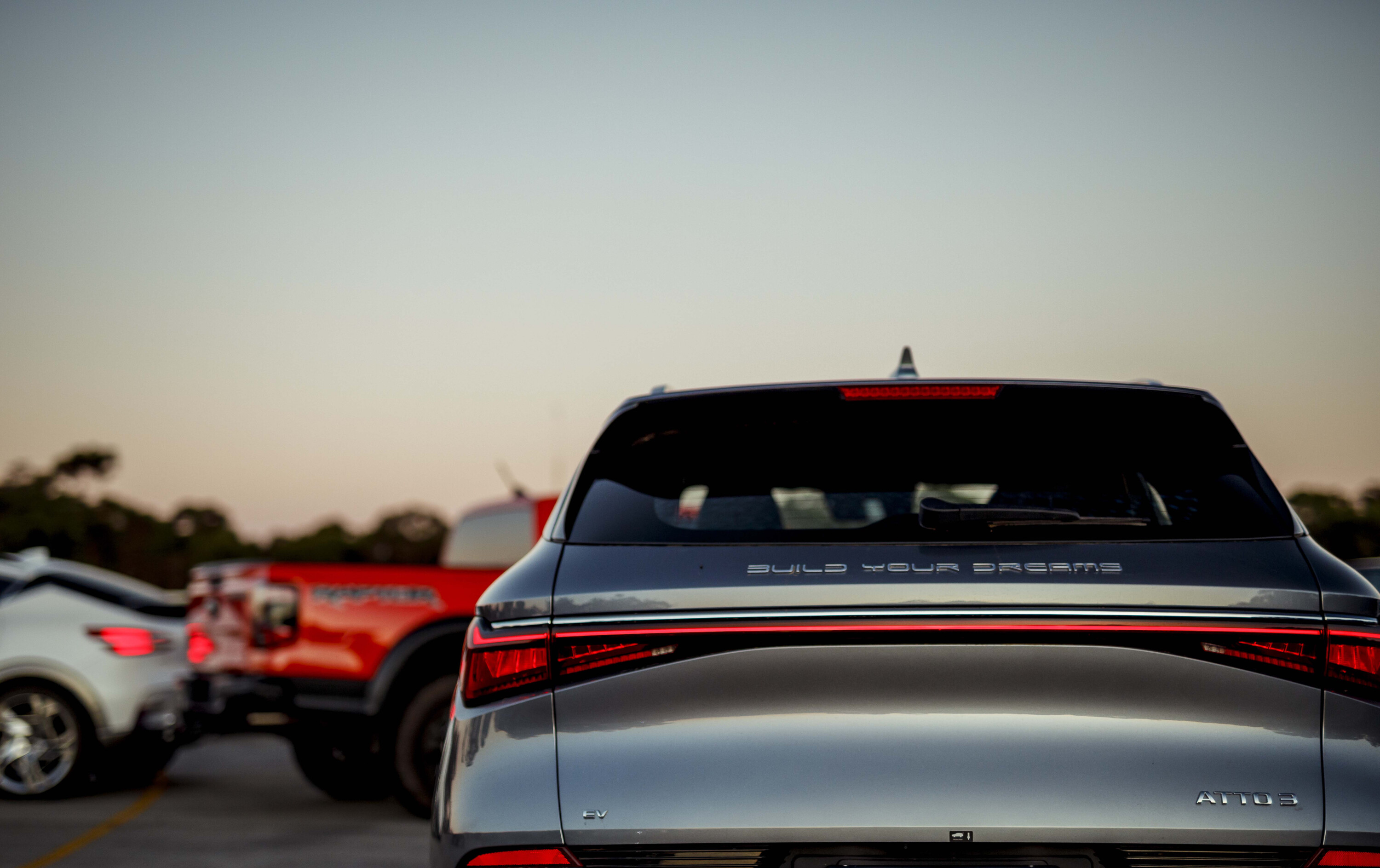
⚡️ EVs are becoming safer
There’s no refuting the reality that, when alight, EV battery fires can be intense and catastrophic. However, the evidence highlights that the probability of one occurring is far less than an ICE vehicle.
It’s still early days for EV battery technology and some automakers have had to issue major global recalls, requiring complete pack replacements.
But, as demonstrated by countless voluntarily-issued recalls, petrol, diesel and LPG cars also have fire risks with highly combustible and constantly igniting fuel or gas.
Smartphone, e-bike and e-cigarette fires simply cannot be compared to electric vehicle batteries – especially the cheaply-made generic products – and emergency services are tackling the challenge of thermal runaway with more training and new specialist equipment.
If you’re still concerned about EV safety, an LFP battery model – including the BYD Dolphin, Atto 3, Seal, MG 4 Excite 51, GWM Ora Standard Range, Tesla Model 3 RWD, Model Y RWD, and Ford Mustang Mach-E Select – are better choices with a wider operating temperature range and lower thermal runaway risk.
New technologies are also emerging, including sodium-ion and solid-state batteries. The latter is expected to appear in pricier EVs around 2030, with a non-flammable solid electrolyte (instead of liquid) and wider temperature window to further reduce the risk of thermal runaway.
However, no vehicle is immune from a fire risk – regardless of what is powering it.
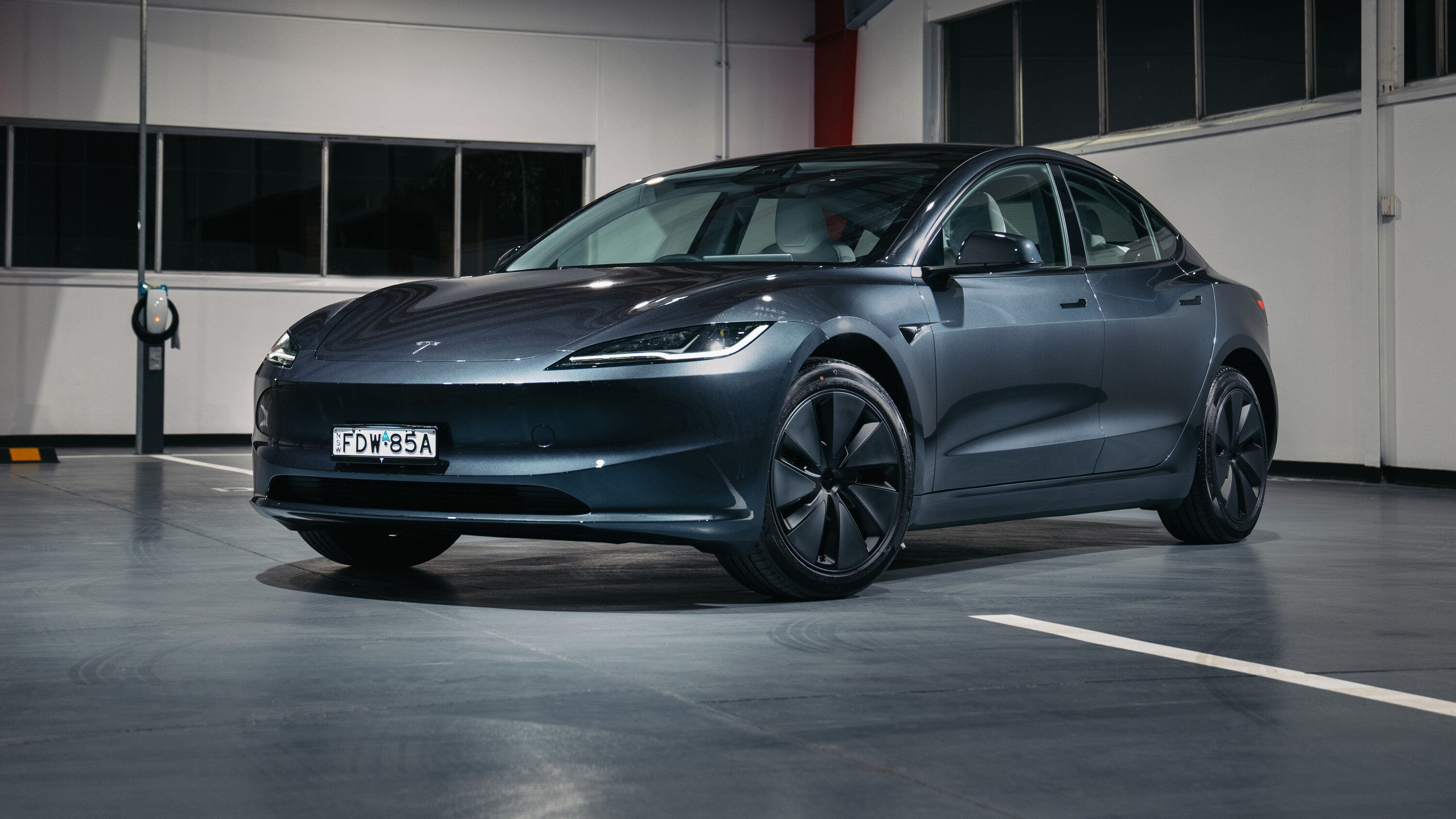
? Is it time to make the electric switch?
EVs are not for everyone (for now), but they are right for most.
Battery technology, longevity, and charging times remain key perceived issues. For more, check out our /Electric hub guides below.
Wheels Media thanks Daniel Gardner for the original version of this story.
We recommend
-
 Advice
AdviceHow long do EV batteries last? Lifespan & replacement cost explained
What's the lifespan of EV batteries? It’s much longer than many think
-
 Advice
AdviceHow sustainable are electric cars really? Charging, battery & waste explained
The true environmental impact of EVs continues to be questioned, so are they really ‘greener’ than ICE cars? Here’s a comprehensive evidence-based breakdown
-
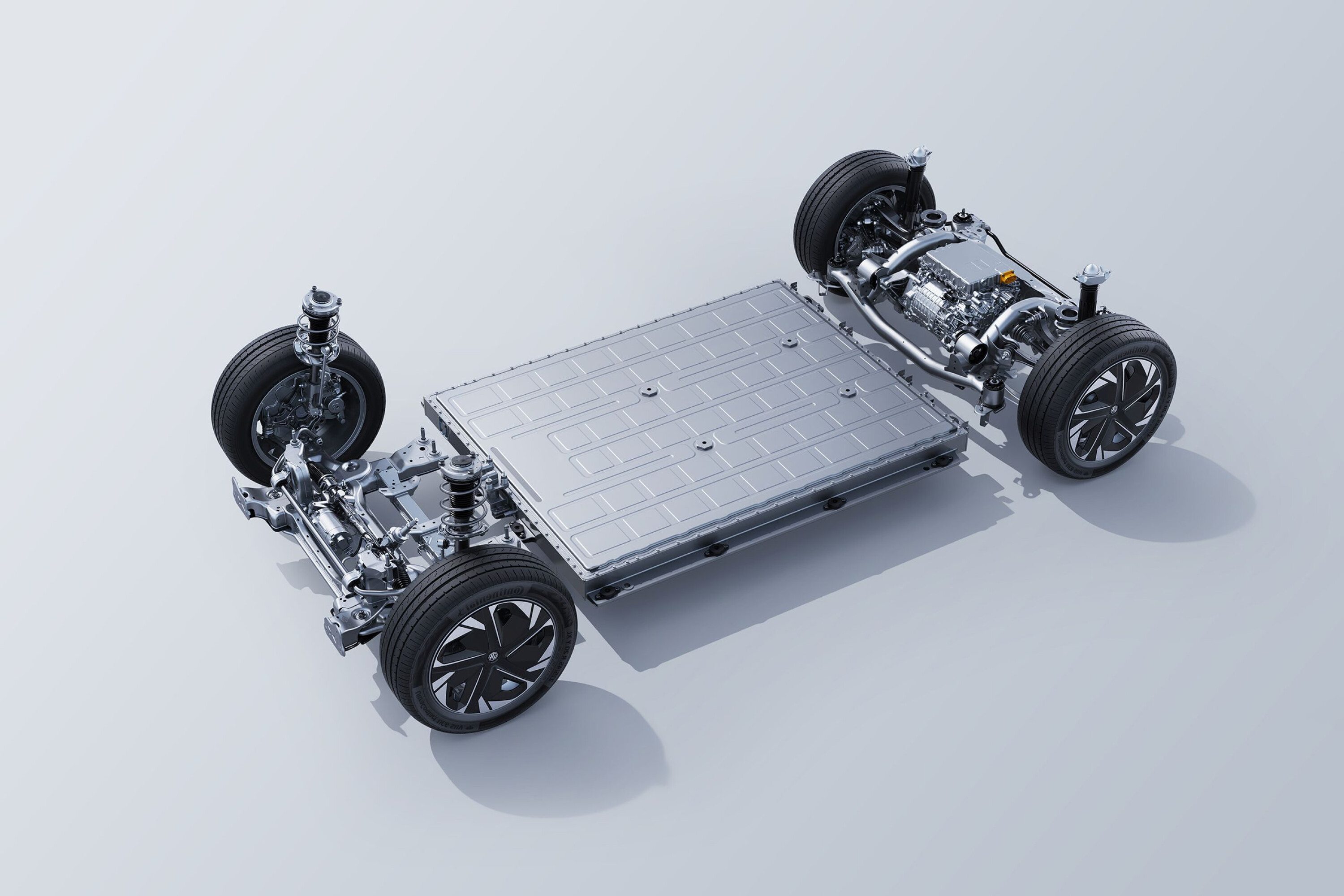 Advice
AdviceEV battery types explained: Lithium-ion vs LFP pros & cons
Which electric car battery technology is best? We break it down




